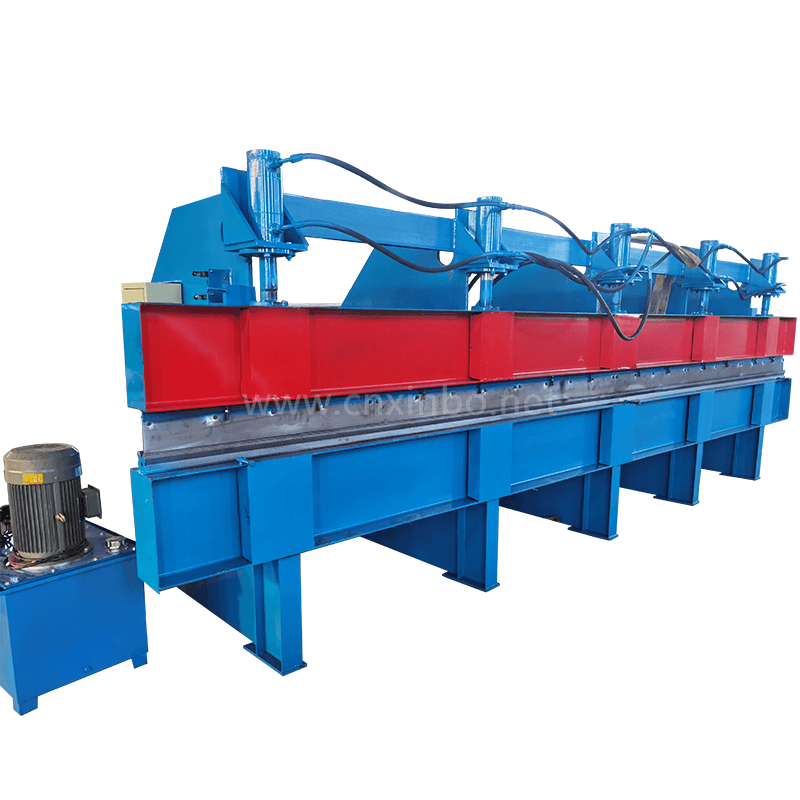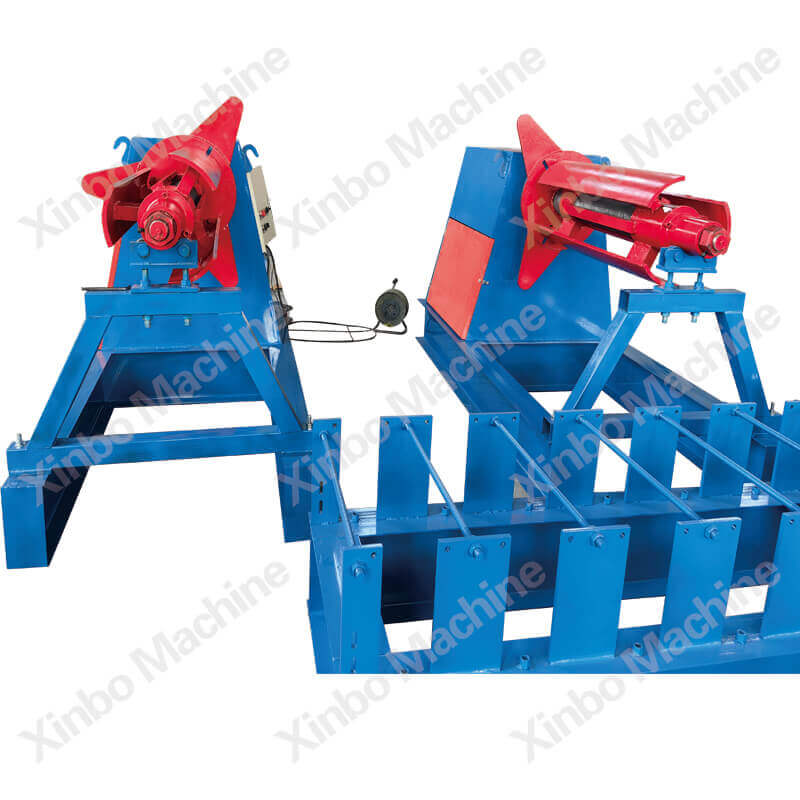Comparing Speeds in Cold Roll Forming Machines: Which Suits You?
Speed Considerations in Cold Roll Forming Machines
Factors Affecting Speed
When looking at how roll-forming machines work a few important factors need to be considered. The type of material and its thickness can have an impact, on how things get done. Various materials like steel or aluminum behave differently when going through roll forming and when the thickness varies adjustments, to the machine settings are needed. Thicker materials usually mean speeds because they offer resistance during forming but thinner sheets can be processed faster without sacrificing quality.
Roller Pressure and Configuration are factors to consider in the production process of shaping materials where adjustments can impact the speed of production significantly by either improving or impeding it based on the setup of rollers that shape the material.
Typical Speed Ranges for Different Applications
Cold roll forming machines usually operate at speeds based on the purpose they serve; for example; standard roll forming may go at around 10 to 30 meters, per minute whereas specialized equipment can reach up to 60 meters per minute or even more in some cases. These speed differences demonstrate how versatile these machines are in meeting production requirements and adapting to needs. Companies looking to enhance their productivity often opt for cutting edge roll forming machines that offer a balance, between speed and quality to meet the requirements of various applications.
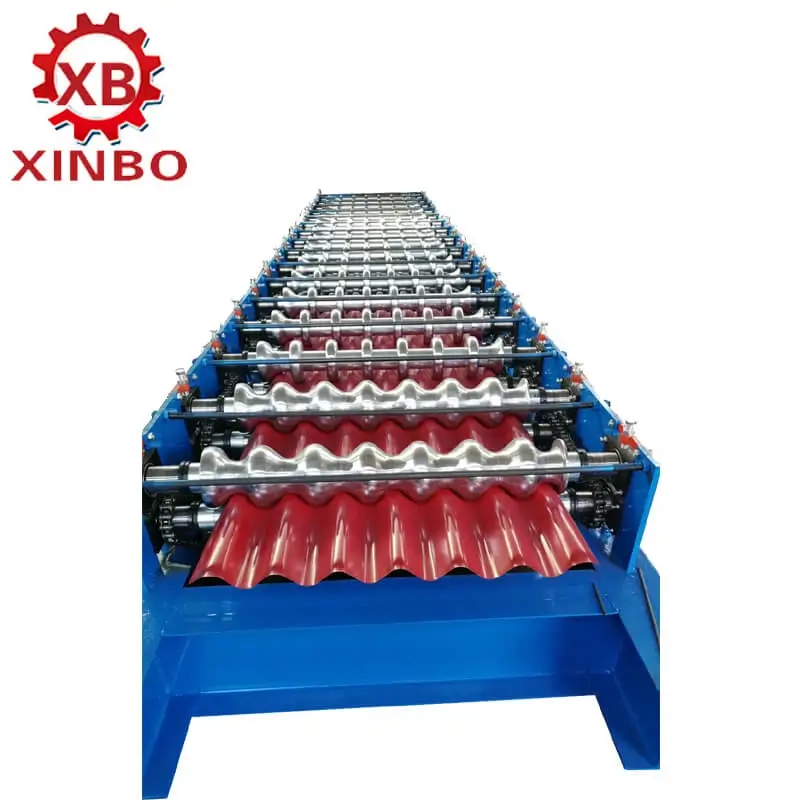
Comparing Cold Roll Forming with Hot Rolling
Differences in Processing Techniques
Cold roll forming and hot rolling use methods, for shaping metal products. In the roll forming process metal is shaped at room temperature to maintain material strength and surface finish intact. On the other hand, rolling involves heating metal to a malleable state for easier shaping but it may impact structural integrity. This basic contrast affects factors, like production speed, energy usage, and final product quality.
Impact on Production Speed and Efficiency
The effects of these variations, in production speed and efficiency are quite significant indeed! Cold roll-forming machines have the advantage of operating at a pace without the challenges linked to handling temperature changes seen in rolling processes. Therefore cold roll forming tends to be more effective when it comes to production rates and energy usage overall when precise shapes and top-notch finishes are of importance.
Benefits of Choosing Cold Roll Forming Over Hot Rolling
Choosing roll-forming machines comes with advantages indeed! The capability to create top-notch components, with excellent surface finishes sets it apart from the rolling methods significantly. Moreover, roll-forming machines typically need post-production work leading to time and cost savings overall. This effectiveness makes cold roll forming an option, for manufacturers looking to streamline operations and uphold the quality of their goods.
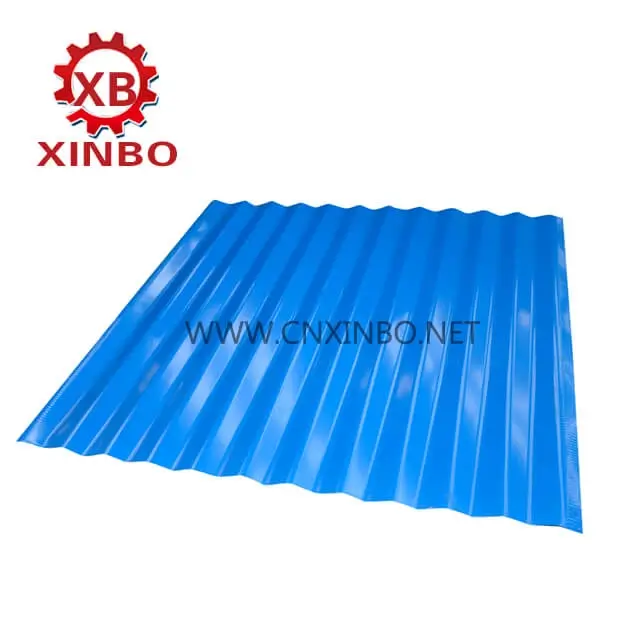
How Adjustable Speed and Pressure Enhance Flexibility
Importance of Customizable Settings
Modern roll-forming machines come with the advantage of speed and pressure settings which can be customized as needed by operators to optimize production, for project needs. This adaptability is especially valuable when working with materials or thicknesses as it helps manufacturers maintain a balance, between speed and quality.
Achieving Desired Shapes and Thicknesses Through Adjustments
Manufacturers can efficiently achieve the desired shapes. Thicknesses crucial, to their applications by adjusting the speed and pressure settings accordingly This adaptability plays a role, in optimizing production processes and increasing throughput rates while ensuring product quality is maintained.
Efficient Rollformers for Steel Framing
Design Features Enhancing Speed and Ease of Changeovers
Rollforming machines that are efficient and specifically tailored for steel framing tasks come equipped with design elements that focus on boosting speed and making changeovers simpler to manage effectively. These devices are known for their ability to enable alterations, between product varieties with minimal downtime disruptions and guarantee smooth operational flow. Incorporating configurations and user-friendly control systems play a role in facilitating seamless transitions, between production cycles.
Addressing Labor Challenges with Efficient Equipment
The use of roll-forming machinery also helps tackle the labor issues encountered by manufacturers in a way to cope with the rising need, for skilled workers in the industry by prioritizing equipment that provides speed and reliability with user-friendly features as a necessity to reduce dependence, on highly specialized labor and ensure a seamless production process while upholding uniform product standards.
To sum up, the discussion, roll-forming machine speeds are vital for enhancing manufacturing processes in the industry sector effectively. By taking into account speed-influencing factors and juxtaposing roll forming against rolling methods while acknowledging the advantages of customizable settings companies can make well-informed choices in procuring the appropriate machinery tailored to their specific requirements. Enterprises such as XINBO provide cutting-edge solutions designed to meet these demands ensuring that productivity and excellence remain priorities, in their business activities.
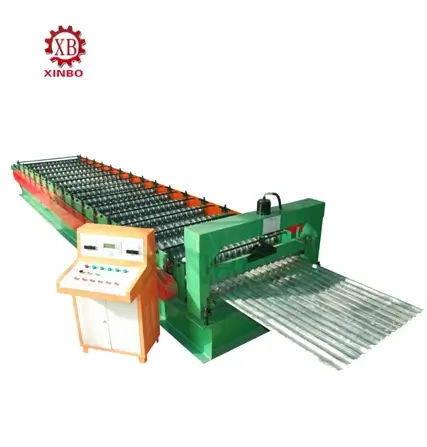
Choosing the Right Machine for Your Needs
Key Considerations
Required Production Volume
When selecting a roll-forming machine for your operations it’s crucial to consider the production volume needed. If you have high production demands you’ll want a machine that can process quickly to handle orders efficiently. On time. On the other hand, if you’re dealing with smaller production runs flexibility becomes key to allow for changes, in materials and designs without downtime. Knowing the production volume is key, to choosing a machine that can meet output needs effectively while keeping costs in check.
Material Specifications
Various materials have characteristics that can impact how roll-forming machines work effectively in production settings. When choosing a machine it’s crucial to assess aspects, like the hardness, thickness, and type of the material. For instance, working with high-strength steel demands equipment that’s capable of shaping materials while ensuring speed and quality are not compromised. Moreover, the ability of machines to handle widths and shapes can improve production efficiency making it an important factor to consider during the selection process.
Budget Constraints
Budget limitations are a factor, in choosing roll-forming machines. Though opting for high-capacity equipment may seem advantageous evaluating the cost against projected productivity and efficiency improvements is crucial. Operating expenses, maintenance costs, and potential downtime should also be considered in the budget. Finding a ground, between quality and affordability is essential to ensure the machine meets production requirements without ing finances.
Exploring Available Options: Roll Forming Machine for Sale
Overview of the Market Offerings
The roll-forming machine market is quite varied. Offers a selection of products to meet different industrial demands. Manufacturers provide machines with specifications and levels of automation that affect speeds and efficiency levels. There is a growing trend, among companies to focus on energy models that not only reduce operational expenses but also sustain high production levels. Potential buyers can achieve the match for their production needs and financial constraints by evaluating the range of roll-forming machines available, for purchase.
Types of Machines
Knowing about the kinds of roll-forming machines can help you make a decision when choosing one for your needs. There are machines tailored for purposes, like making purline sections or manufacturing roofs and frames; each has its distinct features and abilities geared towards improving certain production tasks. Moreover, these machines can be adjusted to suit the requirements of projects by adding specialized tools for creating unique shapes and profiles. Selecting the machine that aligns with your production objectives can greatly simplify operations. Improve the quality of your output.
Leading Manufacturers
Among the range of machines, on offer in the market are known manufacturers who are recognized for their dedication to delivering top-notch quality and creative solutions. These companies consistently introduce cutting-edge technologies through their investment in research and development to boost effectiveness and productivity. This level of competitiveness drives manufacturers to embrace the up-to-date production techniques to keep their products in line, with industry advancements. Ultimately this creates a marketplace where customers can choose from brands that value dependability and meeting customer needs.
Highlighting XINBO MACHINE MAKING CO. LTD.
XINBO stands out among the industry’s leading manufacturers. Renowned for their commitment to quality, each machine is meticulously designed and manufactured, meeting the rigorous demands of the manufacturing sector. With a focus on cold roll-forming machines, XINBO utilizes advanced technologies to optimize performance while minimizing operational costs. The company’s capability to offer customized solutions ensures that every client can find equipment tailored to their specific operational needs, further solidifying their position as a trusted partner in the industry.

Good quality
XinBo machine making CO. LTD is a professional manufacturer and exporter in roll forming machine,
VIEW MORE→

 Spanish
Spanish Russia
Russia
